In mechanical transmission systems, the performance of the clutch assembly directly affects the reliability and smoothness of power transmission. Traditional designs often rely on a single high-hardness material to improve wear resistance, but long-term use is prone to imbalance in the rigidity matching of the friction pair, resulting in abnormal wear or noise problems. The 380 clutch assembly adopts a differential hardness matching strategy. Through the coordinated design of the materials of the pressure plate and the friction lining, while ensuring efficient torque transmission, it significantly improves the overall durability and optimizes the NVH (noise, vibration and harshness) performance.
The working environment of the clutch requires that its friction pair can withstand high-load shear forces and maintain stable friction characteristics during frequent engagement and separation. The core innovation of the 380 assembly is to abandon the idea of traditional homogeneous material stacking and adopt a functional gradient material combination. The working surface of the pressure plate is treated with low-temperature carburization to form a high-hardness carburized layer on the surface to resist wear, while the matrix still maintains sufficient toughness to avoid brittle cracking caused by impact loads. This treatment method is different from the conventional quenching process. Its carbon concentration gradient changes more gently, which makes the material have better stress distribution ability at the microscopic level, so that it can still maintain stable contact stiffness under high temperature and high pressure conditions.
The matching friction lining adopts copper-based sintered particle reinforced composite material, and its hardness is designed to be slightly lower than the carburized layer of the pressure plate. This differential hardness matching is not accidental, but is based on the precise calculation of wear dynamics. During the friction process, the softer lining material will preferentially undergo controllable wear and form a stable transfer film on the contact surface, thereby reducing direct wear on the pressure plate. At the same time, the embedding of copper-based particles not only improves thermal conductivity, but its self-lubricating properties can also effectively suppress high-frequency vibrations under dry friction conditions, fundamentally avoiding the whistling noise generated by direct metal contact. After long-term use, traditional clutches often produce "metal-to-metal" hard contact due to the similar hardness of the friction pair, resulting in abnormal noise and shaking, while the material combination of the 380 assembly actively regulates the wear path to keep the friction pair in the optimal matching state.
Another advantage of differential hardness matching is thermal stability. The clutch generates a lot of friction heat under frequent semi-clutch or high-load conditions, and the difference in thermal expansion coefficients of different materials may lead to uneven contact pressure distribution. The pressure plate and lining materials of the 380 assembly are thermodynamically adapted. When the temperature rises, the expansion trends of the two can compensate each other to avoid hot spots caused by local pressure concentration. The carburized layer structure of the pressure plate can also maintain a high yield strength at high temperatures to prevent the reduction of torque transmission capacity caused by thermal softening. This thermal stability not only extends the service life of the clutch, but also reduces the risk of power interruption caused by thermal decay.
From the perspective of micro friction mechanism, the differential hardness design also optimizes the energy dissipation mode of the friction interface. Traditional homogeneous material friction pairs are prone to adhesive wear, while the hardness gradient of the 380 assembly promotes the transformation of the wear mechanism to a milder abrasive wear. The sintered particles in the copper-based lining will be moderately broken during the friction process to form a micron-level lubricating medium, further improving the boundary lubrication conditions. This adaptive friction interface adjustment capability enables the clutch to maintain a stable friction coefficient throughout its life cycle, avoiding the pedal force fluctuation problem caused by surface state changes in traditional designs.
The material strategy of the 380 clutch assembly reflects the function-oriented design philosophy. Its value lies not only in the performance improvement of a single component, but also in the optimization of the overall performance of the friction pair through systematic material synergy. Differential hardness matching is not a simple pursuit of the extreme of a certain indicator, but a balanced solution after comprehensive consideration of multiple requirements such as wear resistance, thermal stability, and vibration suppression. This design concept provides a new technical path for the long-term and reliable operation of the clutch assembly, and also demonstrates the deep innovation of precision transmission components in the application of material science.
 English
English русский
русский
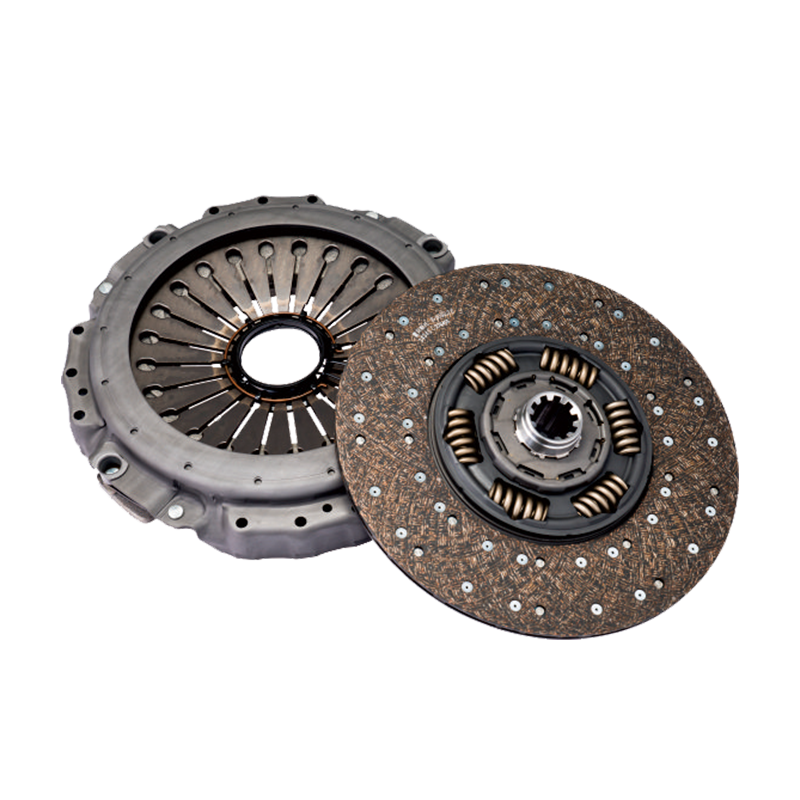
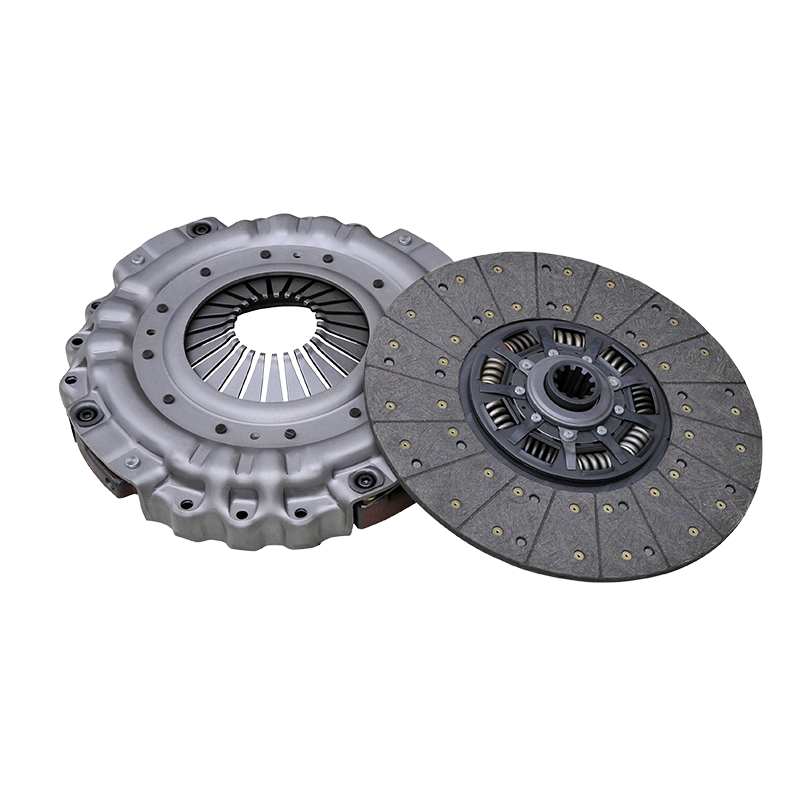
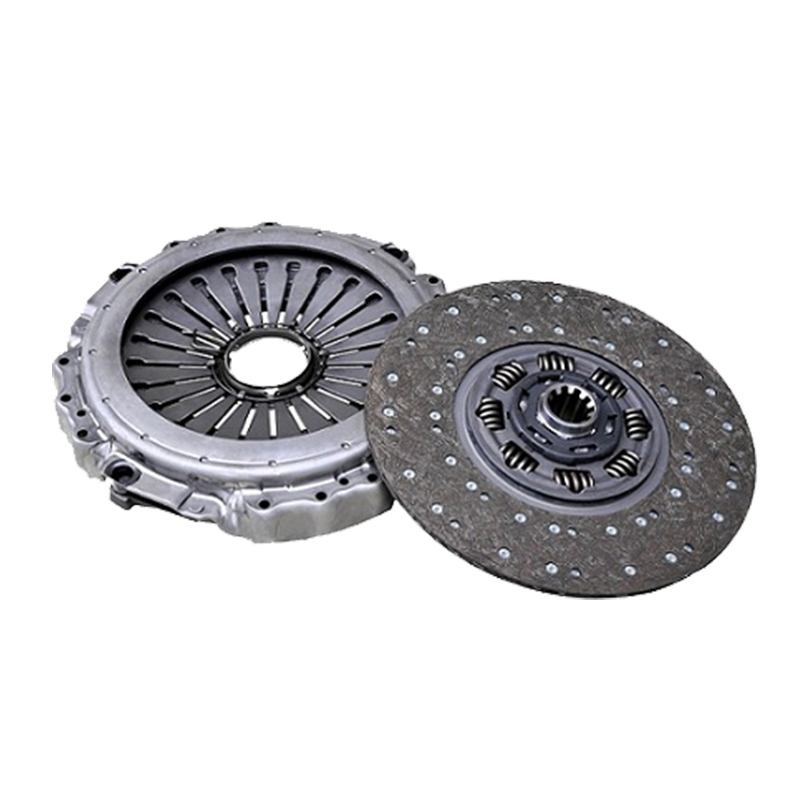
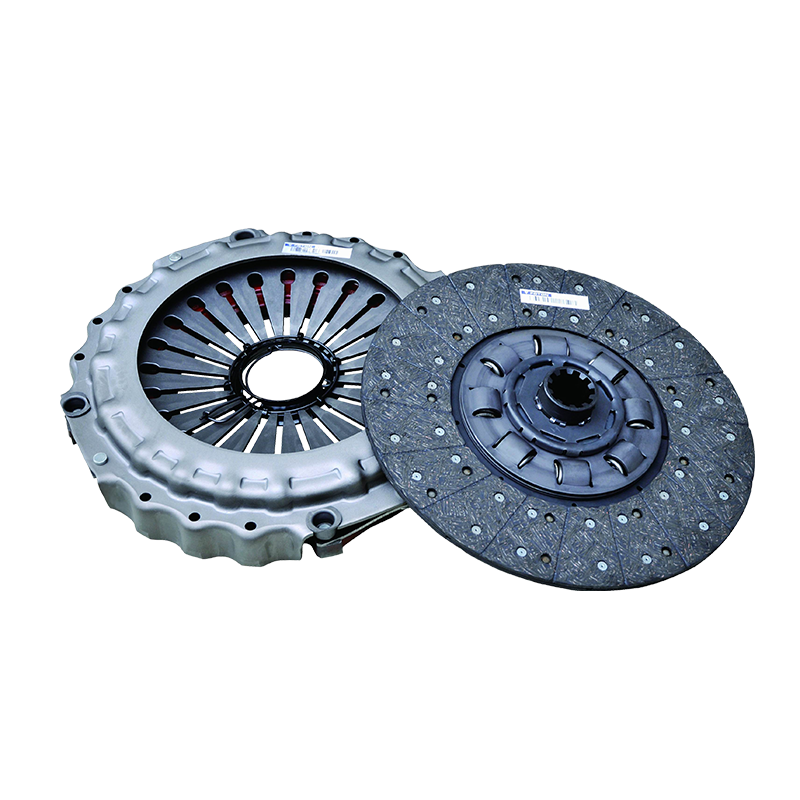
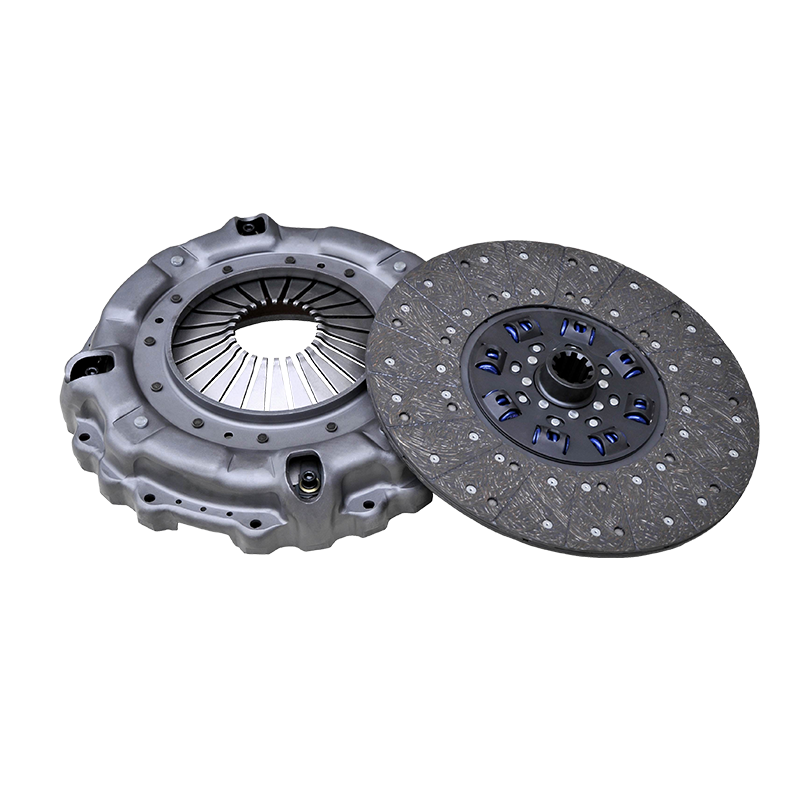
 English
English  No.25, Hu Chuang Road, New District Industrial Park, Suzhou, Jiangsu, China.
No.25, Hu Chuang Road, New District Industrial Park, Suzhou, Jiangsu, China.  +86-13338663262
+86-13338663262 
